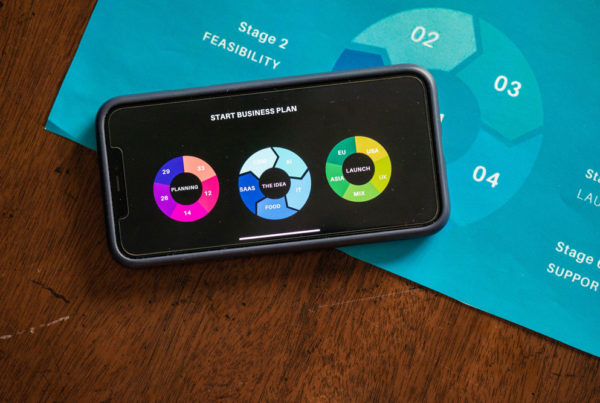How To Motivate People
A puzzle can be surprisingly complicated to piece together, and like it, motivation, if thought of like a puzzle, can prove to be difficult, particularly when a leader attempts to piece together the various types of people to form a vision and complete an objective. Daniel Pink gave a wonderful talk about this in a TED video titled The Puzzle of Motivation. A leader can use motivation and other tactics and techniques to piece together people, ideas, and goals to solve a problem or to improve a team.

The Candle Problem
“True facts” (Pink), are important to have, but aren’t always used. Such is the case with how business is carried in most parts of the world, especially here in the west. The dreaded nine-to-five schedule, the strict methodologies employees are admonished to adhere to, the incentives with the carrot dangling from a stick, and “contingent motivators” (Pink), are much too familiar. Are these systems based on science and facts or are they more on the quasi-science side of things? Do incentives and reward systems really work? One thing is certain, motivating people is not an easy task. But, let us briefly examine an experiment conducted by Sam Glucksberg regarding the Candle Problem. Group one was given an incentive to solve the candle problem the fastest—they would be rewarded money the faster they solved it. The second group was not given an incentive, they were simply told to solve the candle problem to establish average times. It was a surprise to me the first time I heard it, that the group that solved the candle problem the fastest was the second group. Interestingly however, this was only the case for cognitively advanced types of problems. When the candle problem was dumbed-down and turned to a more mechanical type of problem, the incentive system worked exceptionally well.
Science vs Business
So, is there “a mismatch between what science knows and what business does?” (Pink). Well the simple answer is yes. The aforementioned experiment has been repeated, through the years, multiple times, and every single time, the results are the same. The reason is that extrinsic motivators narrow your mind which prevents it from focusing on anything else—it restricts your mind and possibilities. Extrinsic types of motivators simply do not work as they should for most things, even when a task calls for a “rudimentary cognitive skill” (Ariely). It turns out, intrinsic type of motivation works much better. Let’s look at some intrinsic type of motivators that do in fact work.
Autonomous Motivation
What if I told you, that you could come into work at any time of the day and leave when you wanted to? Better yet, what if I said, “you don’t have to come into work, stay home, as long as your work gets completed?” And that weekly meeting, yeah, that’s not mandatory, you can join it if you want to. That’s a type of autonomy, “the urge to direct our own lives” (Pink). The schedule-less type of autonomy is called the ROWE (Results Only Work Environment) system. It works very well, employee performance improved dramatically. Another strategy, system, or intrinsic motivator that Google has picked up is where employees can work on anything they’d like for twenty percent of their time. The results are astonishing—half of Google’s products have come from that twenty percent!
The Best Motivation
Throughout my life I’ve experienced the pressure, the narrowing of the mind, and the restrictions extrinsic motivators seem to exert. Even with writing this article, for example, I felt a bit restricted in the mind and words didn’t flow as easily onto paper due to the pressure of me having to write an article with a certain word count. The issue, I believe, is I was focusing on it being a certain length and less on the quality and information. And for other things that have added pressure, I remember saying in my own head, “this doesn’t matter, it’s not important, I will be ok no matter what,” to ease the pressure. By doing so, I found myself performing better as opposed to taking it overly serious and not performing well. The easing of pressure seemed to allow my mind to function and perform better without limitations or boundaries. Our minds just don’t seem to be optimized to perform well under the confines of extrinsic motivators.
Intrinsic Motivation
Therefore, after learning about how intrinsic motivators are superior to extrinsic motivators, I would recommend leaders stick to the science backed intrinsic motivators. You can pilot either the ROWE or the twenty percent method and see which one works best for your employees. Later, based on your conclusions, you can establish one of them as the norm. I know for a fact that these types of intrinsic motivators work. I believe we can solve the puzzle of motivation by establishing science based systems like the various types of intrinsic motivators that have proved to work. The notion of extrinsic motivators being the only and best way of carrying business seems to be out of time, and well, out of mind.
Check out Dan Pink’s Ted talk:
References
Ariely, D (2008), What’s the Value of a Big Bonus?, http://danariely.com/2008/11/20/what%E2%80%99s-the-value-of-a-big-bonus/
Pink, D. (2009), The puzzle of motivation, https://youtu.be/rrkrvAUbU9Y







